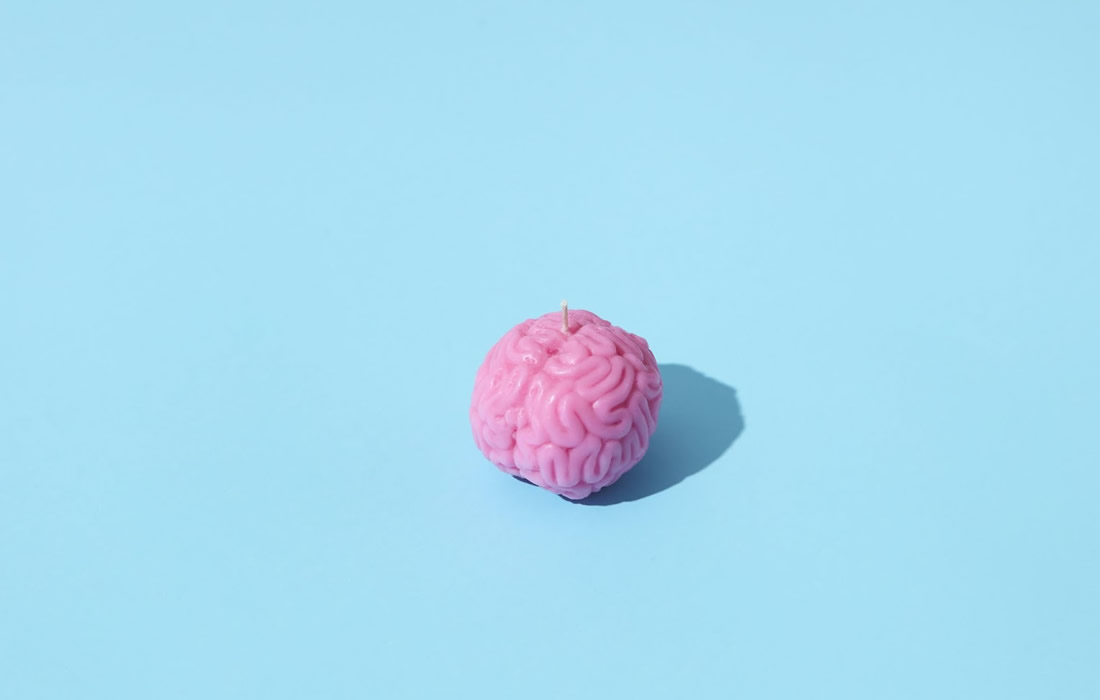Regenerative Medicine News and General Information
Insights into a Potential New Therapy for Inflammation in the Brain, a Prominent Symptom in Alzheimer’s Disease
Some Covid-19 vaccines safely and effectively used lipid nanoparticles (LNPs) to deliver messenger RNA to cells. A new MIT study shows that different nanoparticles could be used for a potential Alzheimer’s disease (AD) therapy. In tests in multiple mouse models and with cultured human cells, a newly tailored LNP formulation effectively delivered small interfering RNA (siRNA) to the brain’s microglia immune cells to suppress expression of a protein linked to excessive inflammation in Alzheimer’s disease.
In a prior study the researchers showed that blocking the consequences of PU.1 protein activity helps to reduce Alzheimer’s disease-related neuroinflammation and pathology. The new results achieves a reduction in inflammation by directly tamping down expression of the Spi1 gene that encodes PU.1. More generally, the new study also demonstrates a new way to deliver RNA to microglia, which have been difficult to target so far.
Study co-senior author Li-Huei Tsai said she hypothesized that LNPs might work as a way to bring siRNA into microglia because the cells, which clear waste in the brain, have a strong proclivity to uptake lipid molecules. She discussed this with Robert Langer, They decided to test the idea of reducing PU.1 expression with an LNP-delivered siRNA.
The simplest way to test whether siRNA could therapeutically suppress PU.1 expression would have been to make use of an already available delivery device, but one of the first discoveries in the study is that none of eight commercially available reagents could safely and effectively transfect cultured human microglia-like cells in the lab.
Instead the team had to optimize an LNP to do the job. LNPs have four main components and by changing the structures of two of them, and by varying the ratio of lipids to RNA, the researchers were able to come up with seven formulations to try. Importantly, their testing included trying their formulations on cultured microglia that they had induced into an inflammatory state. That state, after all, is the one in which the proposed treatment is needed.
Among the seven candidates, one the team named “MG-LNP” stood out for its especially high delivery efficiency and safety of a test RNA cargo.
The team next tested their LNP formulations’ effectiveness and safety in mice. They found that injection into the CSF ensured much greater efficacy in targeting microglia without affecting cells in other organs. MG-LNP again proved the most effective at transfecting microglia.
Once they knew MG-LNP could deliver a test cargo to microglia both in human cell cultures and mice, the scientists then tested whether using it to deliver a PU.1-suppressing siRNA could reduce inflammation in microglia. In the cell cultures, a relatively low dose achieved a 42 percent reduction of PU.1 expression. Indeed MG-LNP transfection did not cause the cells any harm. It also significantly reduced the transcription of the genes that PU.1 expression increases in microglia, indicating that it can reduce multiple inflammatory markers.
In all these measures, and others, MG-LNP outperformed a commercially available reagent called RNAiMAX that the scientists tested in parallel.
“These findings support the use of MG-LNP-mediated anti-PU.1 siRNA delivery as a potential therapy for neuroinflammatory diseases,” the researchers wrote.
Sources:
William T. Ralvenius, Jason L. Andresen, Margaret M. Huston, Jay Penney, Julia Maeve Bonner, Owen S. Fenton, Robert Langer, Li‐Huei Tsai. Nanoparticle‐Mediated Delivery of Anti‐PU.1 siRNA via Localized Intracisternal Administration Reduces Neuroinflammation. Advanced Materials, 2023; DOI: 10.1002/adma.202309225
Picower Institute at MIT. “Nanoparticle-delivered RNA reduces neuroinflammation in lab tests.” ScienceDaily. ScienceDaily, 11 December 2023. <www.sciencedaily.com/releases/2023/12/231211114534.htm>.
Materials provided by Picower Institute at MIT. Note: Content may be edited for style and length.
Images from:
Photo by DS Stories
https://www.pexels.com/photo/anatomia-cerebro-sesion-de-estudio-9228363/

